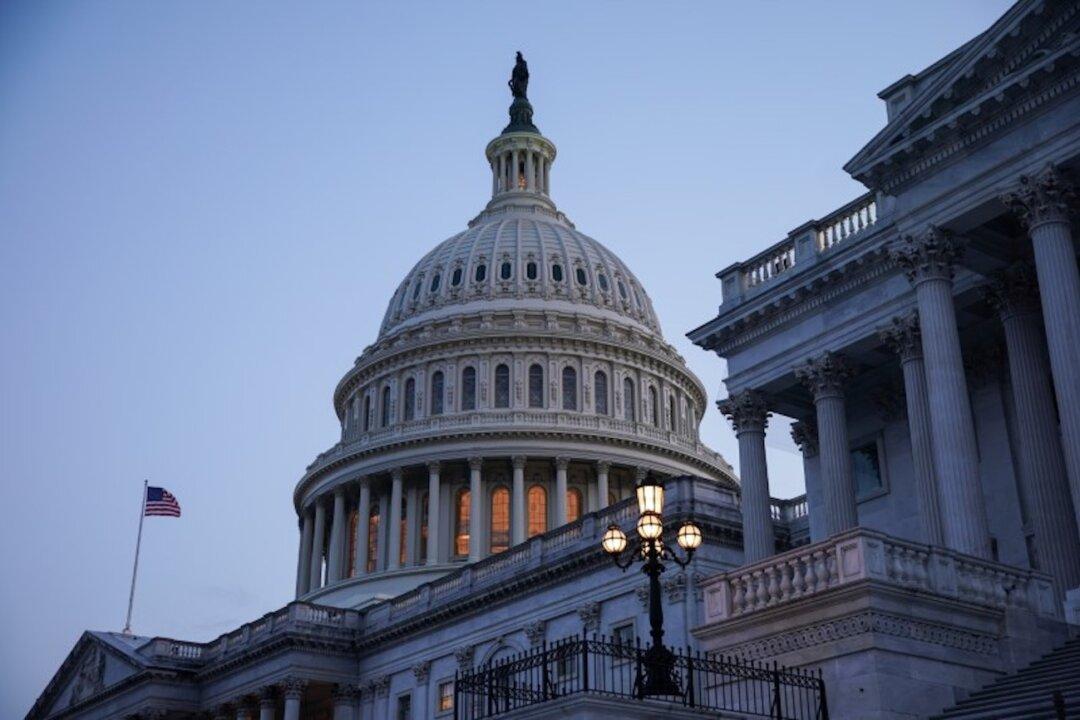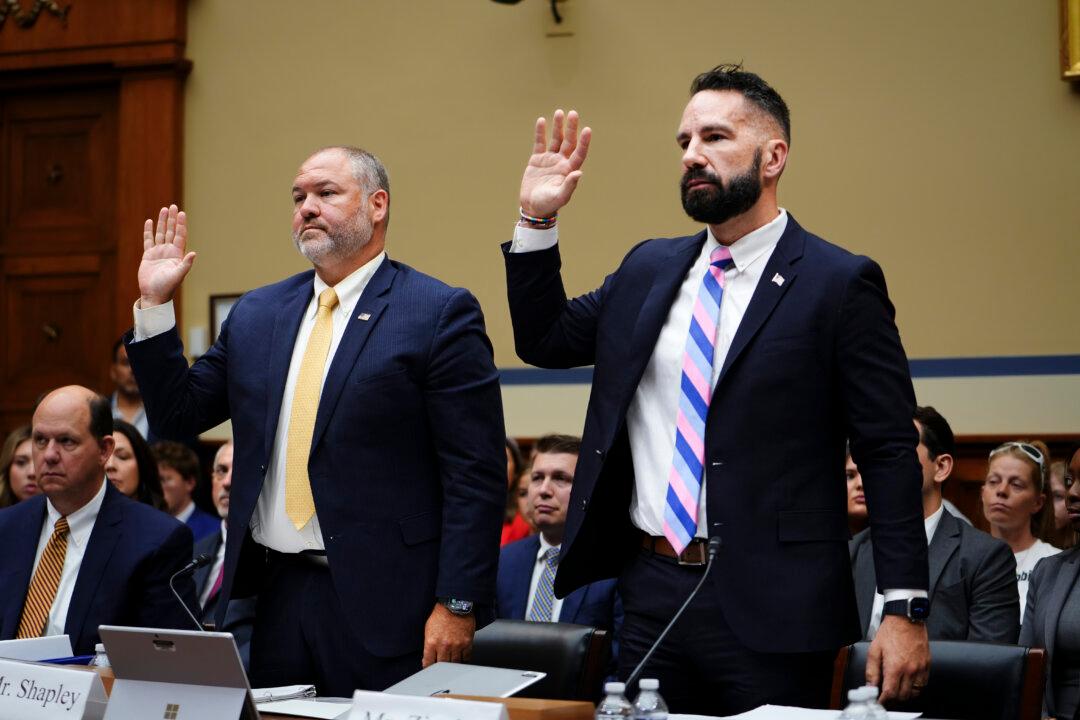News Analysis
House Ways and Means Committee Chairman Richard Neal (D-Mass.) likely put a smile on President Joe Biden’s face on Sept. 7, with an extraordinarily ambitious schedule for completing the key panel’s part of the president’s $3.5 trillion “Build Back Better” spending plan.





